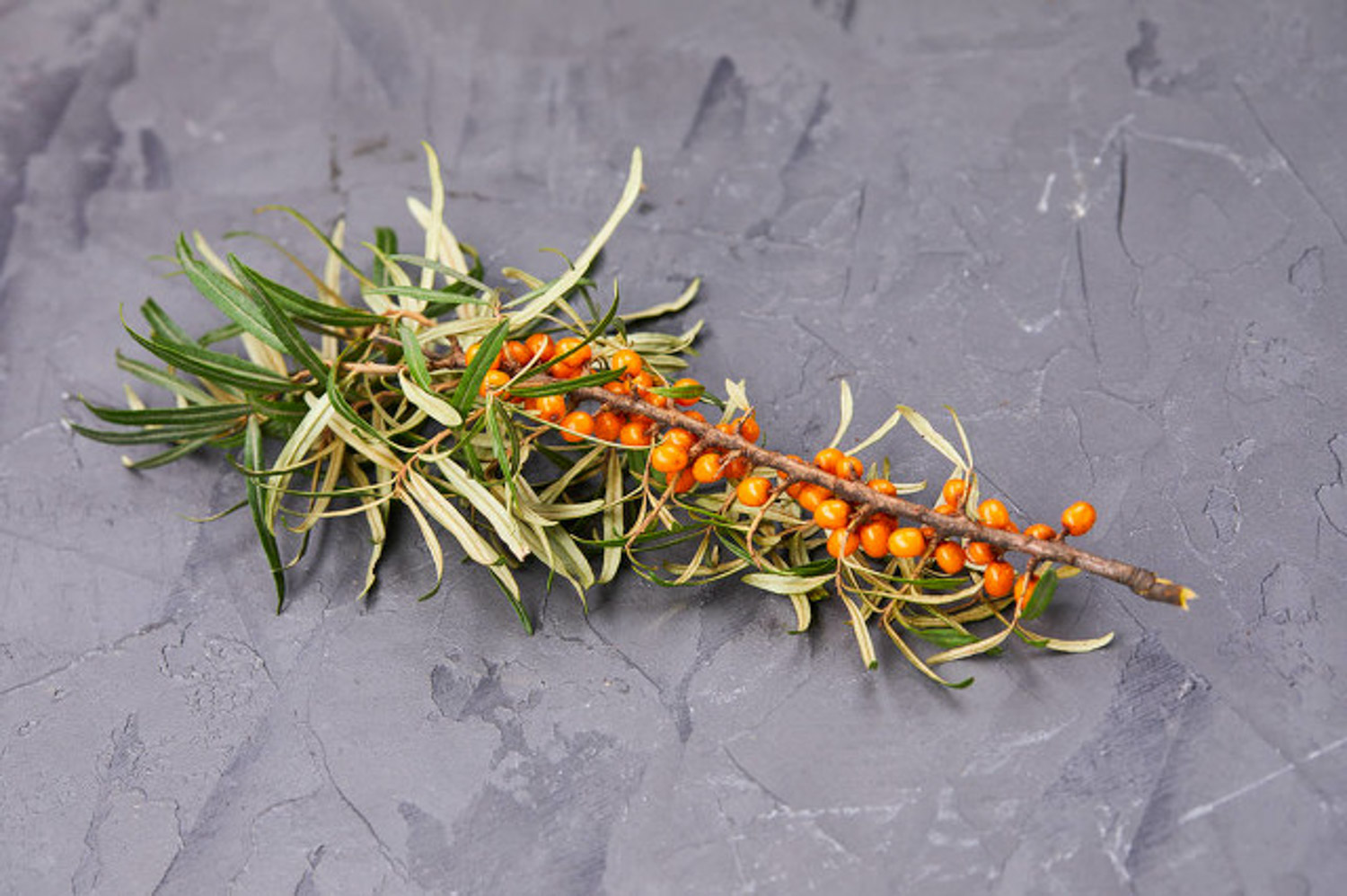1、 Loose soil
Seabuckthorn has strong adaptability and low requirements for soil. It can grow as long as it is not too saline soil. However, for better plant development, loose and fertile sandy loam is generally used. If you prepare it yourself, you can add an appropriate amount of river sand to the rotten leaf soil, which not only has certain nutrients, but also is very loose and breathable, which is very helpful for the respiration of roots

2、 Sufficient light
Seabuckthorn is a light loving plant. Its growth is inseparable from sufficient light. Generally, the daily illumination time cannot be less than 4 hours. The longer the illumination time is, the more helpful it is to the differentiation of flower buds. It can accumulate more nutrients by light for a long time. It should be noted that strong light exposure will make the leaves yellow and wither, so it needs appropriate shade in summer

3、 Suitable watering
Seabuckthorn itself has good drought resistance and can grow even in a relatively dry environment. However, during its growth period, it needs to be watered appropriately, once every three to four days, so as to ensure sufficient water. In summer, with the increase of temperature, the speed of water loss will also accelerate, so we need to water every day and spray water appropriately to moisturize. When the temperature drops in winter, watering should be reduced

4、 Supplementary fertilizer
Seabuckthorn can grow in very barren places, and its demand for fertilizer is not very high. It is usually necessary to apply enough base fertilizer when planting, so that topdressing is not required during the growth period. The base fertilizer is mostly rotten organic fertilizer, which can continuously provide nutrients

 jackfruit
jackfruit snake plant
snake plant hibiscus
hibiscus hydrangea
hydrangea lavender
lavender Green roses climb al...
Green roses climb al... If you don't pay att...
If you don't pay att... Management of four g...
Management of four g...

































